July in Iceland
Updated June 2022
The month of July is the height of summer in Iceland. Even though technically the days have started to get shorter again we still get around 20 hours of daylight. July still has that feeling of endless days which makes the Icelandic summer so extraordinary. Some even say that visiting Iceland in the summer and then again in winter feels like visiting two different planets.

July in Iceland is a time of incredible festivals, opportunities to spend time outside, be it camping, hiking or simply taking a picnic. The variety of great tours is also at its highest and many places that are not accessible in winter become popular destinations. The highlands are buzzing, the hot springs become especially nice and the land simply flourishes. To prepare you for a trip to Iceland in July, we have written this blog. Enjoy!
Weather in July in Iceland
The average temperature in Reykjavik is 15°C but judging by the sun-thirsty Icelanders who will lay out in the gardens and sit in the outdoor cafés at the mere suggestion of sunlight, it feels much hotter. The hottest day ever recorded in Iceland was in Modrudalur in East Iceland in 1901, when the heat went up to a balmy 38°C!
You can expect wind and possibly even some rain but snow would really surprise the islanders. July is the hottest month out of the year and usually the one with the least variation in weather.

Daylight in July in Iceland
July is the first month we start to see any decrease in daylight after the time of the midnight sun. Still, this can mean up to 20 hours of daylight so there is no need to worry. The Westfjords and the northernmost part of Iceland will lose the daylight the latest but Reykjavik, the capital and the south coast will start to see a significant difference by the end of the month.
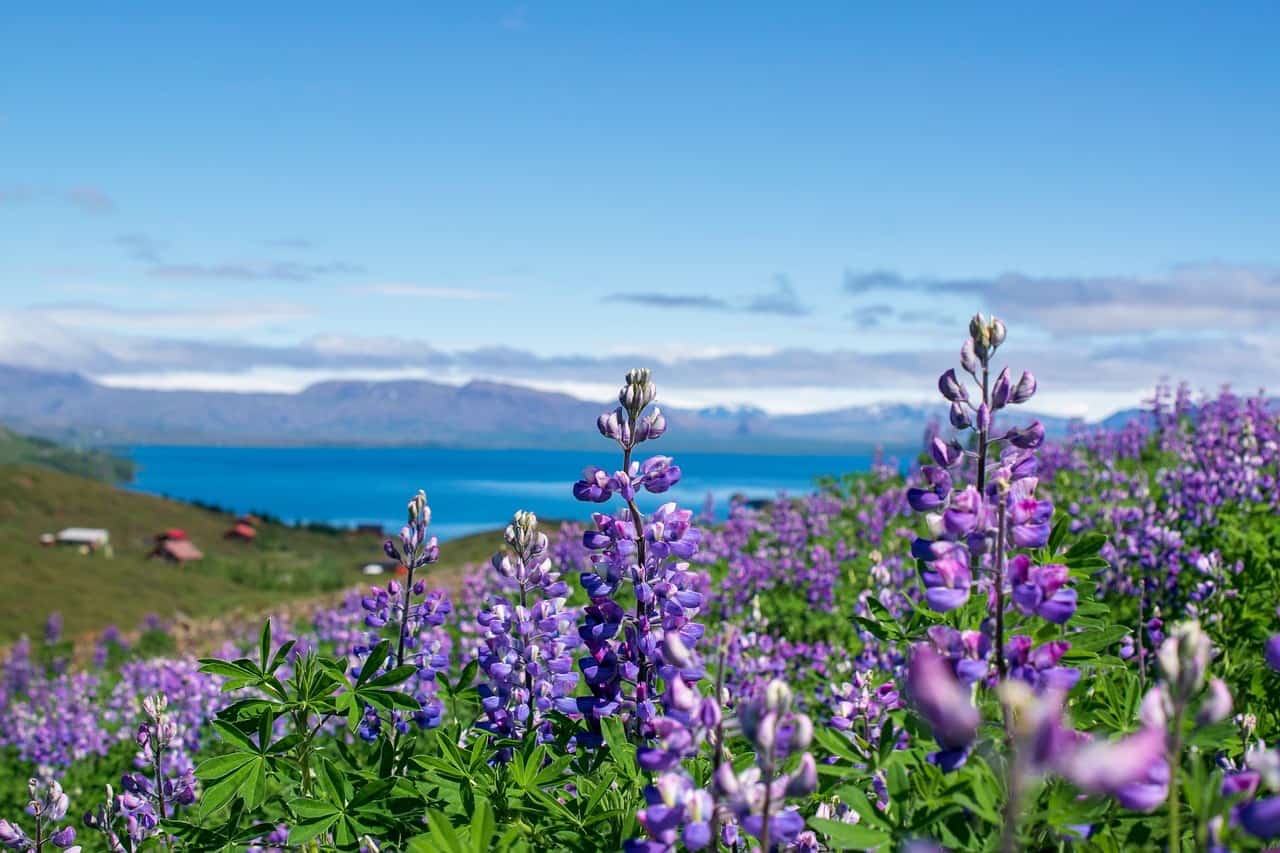
The sunrise in Reykjavik takes place around 3 am on the 1st of July but the sunset is at 23:56. By the end of the month, the sun is up around 4:30 and down again around 22:30.
Northern Lights in July in Iceland
It saddens me to have to tell you that July is not the month you will see Northern Lights in Iceland. In order to see those pastel-colored dancing lights, the night sky needs to be pitch black and given that we have 20 hours of daylight the odds are simply not in our favor. That is not to say that the light might not be there. They can most certainly be present, they simply can’t be seen.
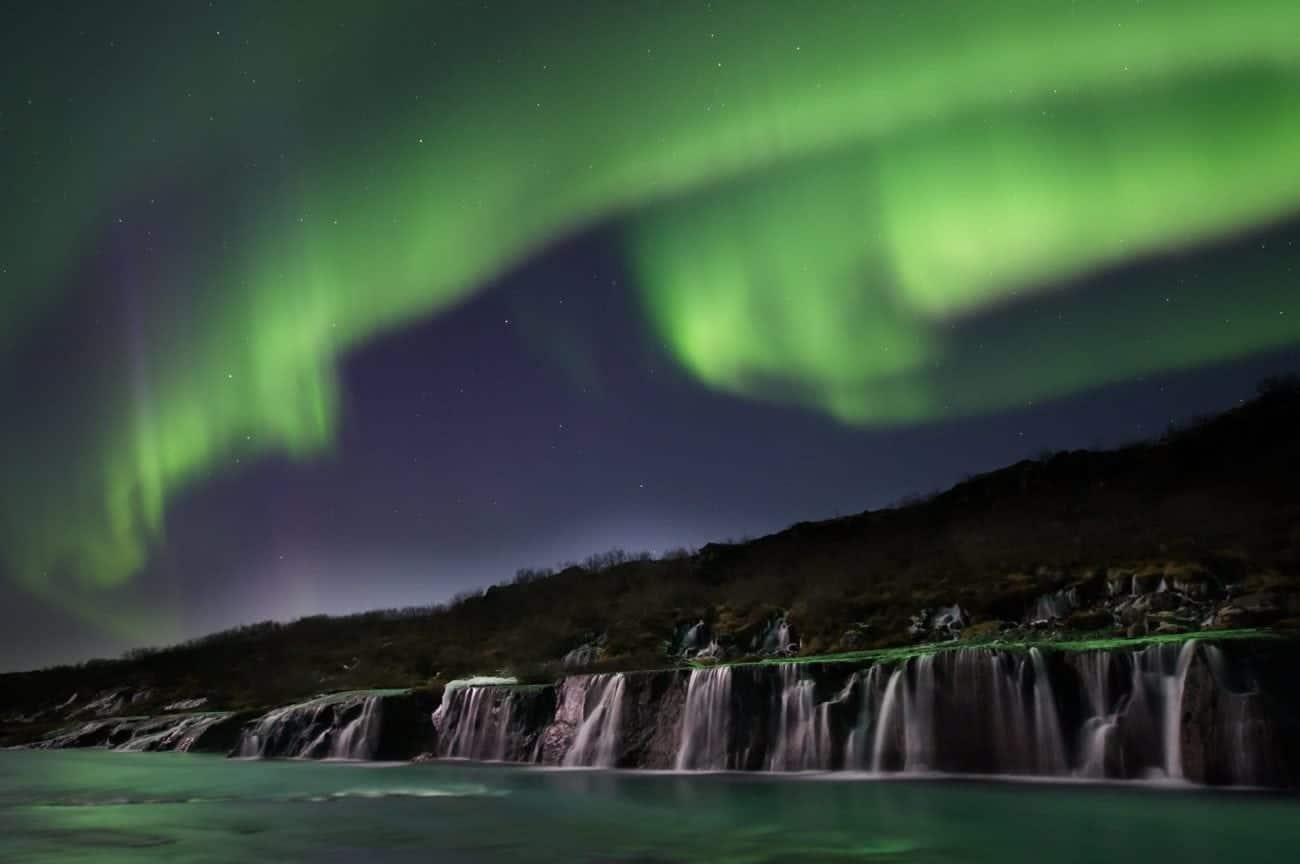
The nearest month for a good show would be late August or at the beginning of September. But by that time they are known to be spectacular!
What to Pack for Iceland in July
If you’re traveling to Iceland in July, you can pretty safely leave your parkas and snow-boots at home. However, since it tends to get colder in the evenings so bringing a light jacket with you is advisable. Don’t forget your sunglasses since it stays light out basically all day and night. As always shoes that are good for walking in are a must, and if you plan on any sort of hiking then bring your hiking boots. Glacier and caving tours are available year round so if you plan on visiting the icy heights or delve into the damp underground, a hat and gloves are a pretty good idea.
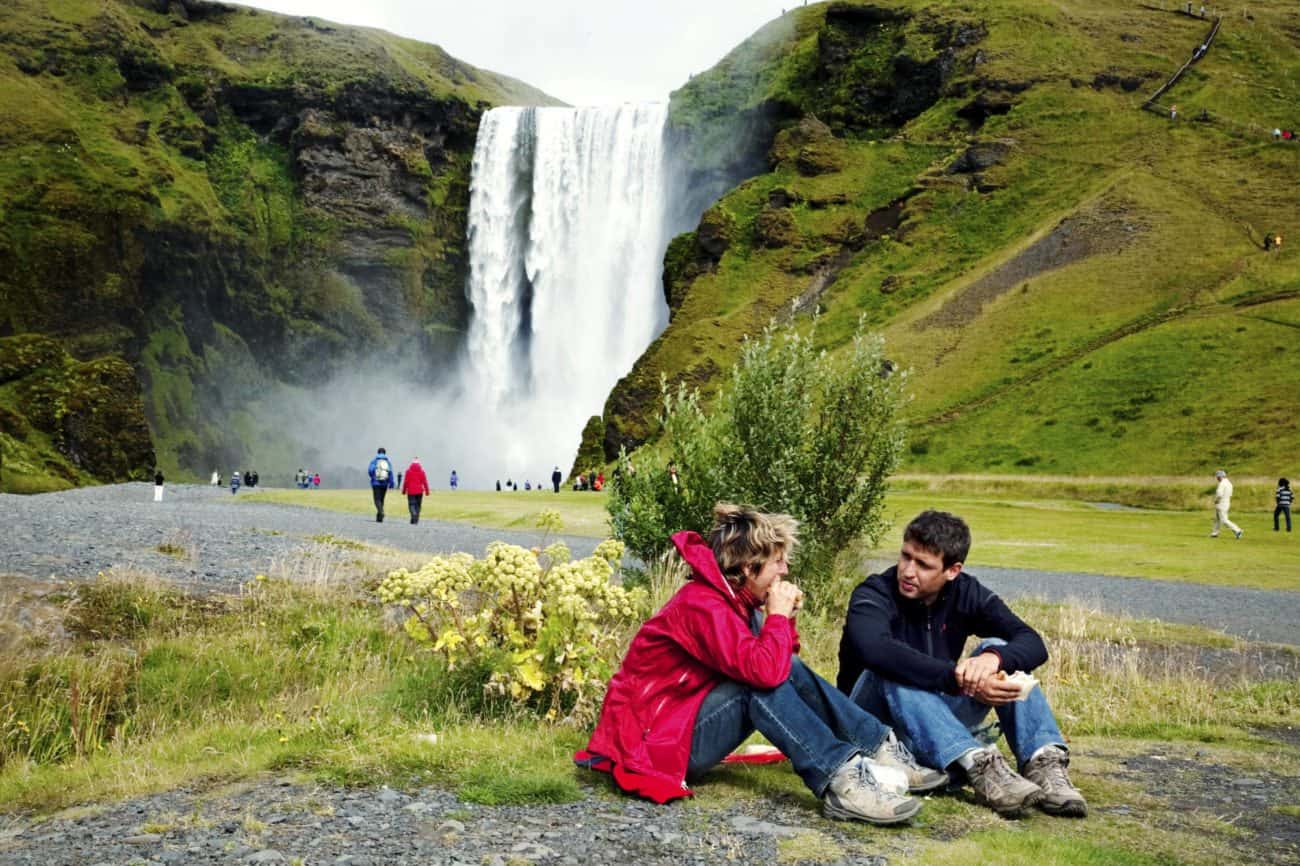
Here is the basic packing list we always recommend for summer travels in Iceland:
- Base layer: Wool underwear/thermals
- Thick socks (more pairs than usual)
- Mid layer: Sweater, fleece or wool – this is up to you
- T-Shirt
- Long pants (could be jeans but then bring another pair for activities)
- Shorts
- Hiking boots/sturdy boots
- Hat
- Water/windproof jacket
- Light jacket
- Sunglasses
- Bathing suit
- Sunscreen (surprisingly important)
- Lip balm (you will know why when you land)
What to do in July in Iceland
Go Snorkeling
Snorkeling might not be the first thing you think about when you let your mind wander about adventures in Iceland. Still, this fantastic beach holiday activity works fantastically in Iceland. Especially if you book a tour to float in between the rift at Silfra where the North-American and Eurasian plates meet.

You’ll be provided with a dry suit so you don’t get cold and the crystal clear waters will give you the feeling of flight. There really is no way to explain it, but those who have tried to call it a “liquid mediation”. One simply must try!
Visit the Westfjords
The Westfjords are off the beaten track. They aren’t a part of the Ring Road and many ‘don’t bother’ with it during their time in Iceland. To me, that is a big miss. Westfjords are by far my most favorite part of Iceland and the place that still feels like the old Iceland. Like it was before it was discovered by the rest of the world. Visit for splendid views, charming villages, friendly locals, natural hot springs, amazing hiking trails, and the Arctic Fox!
Go Hiking
From mid-June to August the hiking trails are in their best shape. July is without a doubt the best hiking month in Iceland and the variety of trails you can do is endless. See our blog about the Top 10 Hiking Trails in Iceland for some inspiration.

Drive the Ring Road
In winter the roads can be closed due to storms, snow, blizzards and what not so the summers are best spent on the road using up the time that they are clear and safe. The Ring Road is an incredible drive along Highway 1 which takes you around the whole country making stops at (most) all the highlights.

It’s easy to rent a car and follow a self-drive itinerary or maybe join a guided Ring Road tour for some inside guide information. Whichever you choose just make sure to do it at least once in your lifetime!
Chase Waterfalls
The TLC song lyrics were 100% not written about Iceland. In Iceland, you should always go chasing waterfalls.
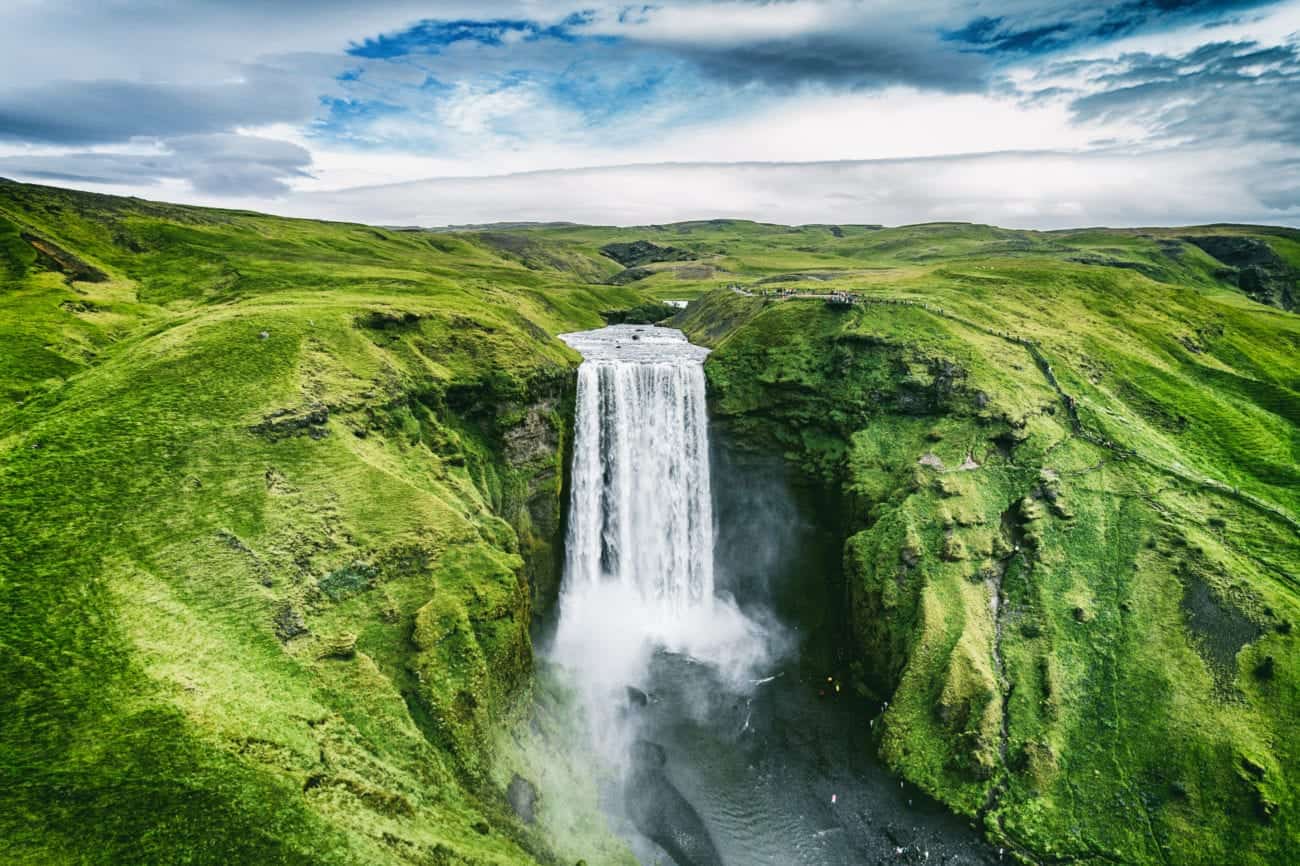
We have to mention the must see’s: Skogafoss, Seljalandsfoss, Gullfoss, Hraunfossar, Godafoss and Dettifoss, but then there are also the lesser known waterfalls of Iceland. Make use of short distances and see as many as you can!
Visit one of the local festivals
July is packed with wonderful festivals all around Iceland. Google the town which you will be staying at or simply contact the local tourist information center. Below we will list some of the best in July!
Events and Festivals in July in Iceland
July is the festival time in Iceland. All over the country, towns and cities celebrate the summer in style and every corner of the country comes alive. The warm weather and the midnight sun ensure the festivities can continue into the wee hours.
Market Weekend in Bolungarvik (1st Weekend)
Fantastic music, trade and family celebration held in the charming fishing village of Bolungarvik far up in the Westfjords.
The end of the Eruption at Westman Islands (1st Weekend)
This celebration has been held every year since the eruption in 1974 when the biggest island had to be evacuated due to an eruption taking place within the town limits. The festival has been growing every year and is now celebrated during the first weekend in July annually.

Do join, if anyone knows how to party it is the people of the Westman Islands.
Eistnaflug – Metal Festival (2nd Weekend)
The second week of July the metal festival Eistnaflug takes place in Neskaupsstaður in the East Fjords. Renowned for its friendly, safe atmosphere this festival is a favorite among locals.
LungA at Seydisfjordur (4th Weekend)
The fourth weekend in July the artists of Iceland and a far join for a celebration in the town of Seydisfjordur in East Iceland. This is a lovely gathering with art shows, pop-ups, great music and lots of fun. Perfect for younger travelers.
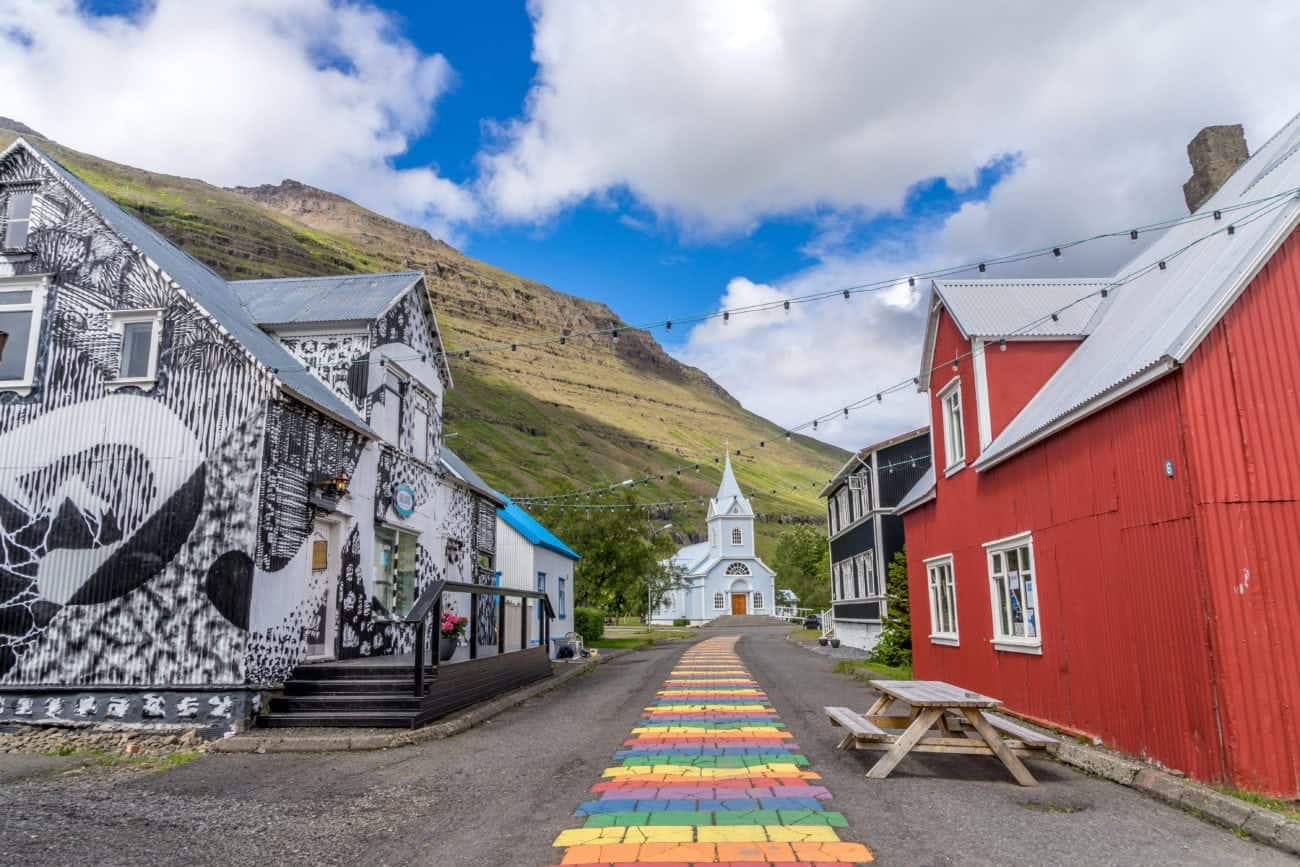
Braedslan (Last Weekend)
For the indie/folk travelers the festival Braedslan might be tempting. Taking place at the end of the month Braedslan is held in the stunning Borgarfjordur Eystri fjord and attracts Icelandic and international artists alike.
Other Festivals
Up north, the Akureyri Art Summer starts at the end of June and runs through August. It’s the perfect opportunity to get to know fresh young artists in the countryside. In addition to the bigger festivals, towns all over the country celebrate various festivals throughout July, like Irish Days in Akranes, Candy Days in Husavik and Home to Budardalur in Budardalur.
Driving around Iceland in July
Roads over the remote highlands open for traffic in July, giving visitors the opportunity to visit the rugged heart of Iceland. Adventurers can finally experience the majestic Kjolur and Sprengisandur and hiking in Landmannalaugar and Thorsmork is highly recommended. In fact, July is the perfect time to get in touch with nature in an intimate way.
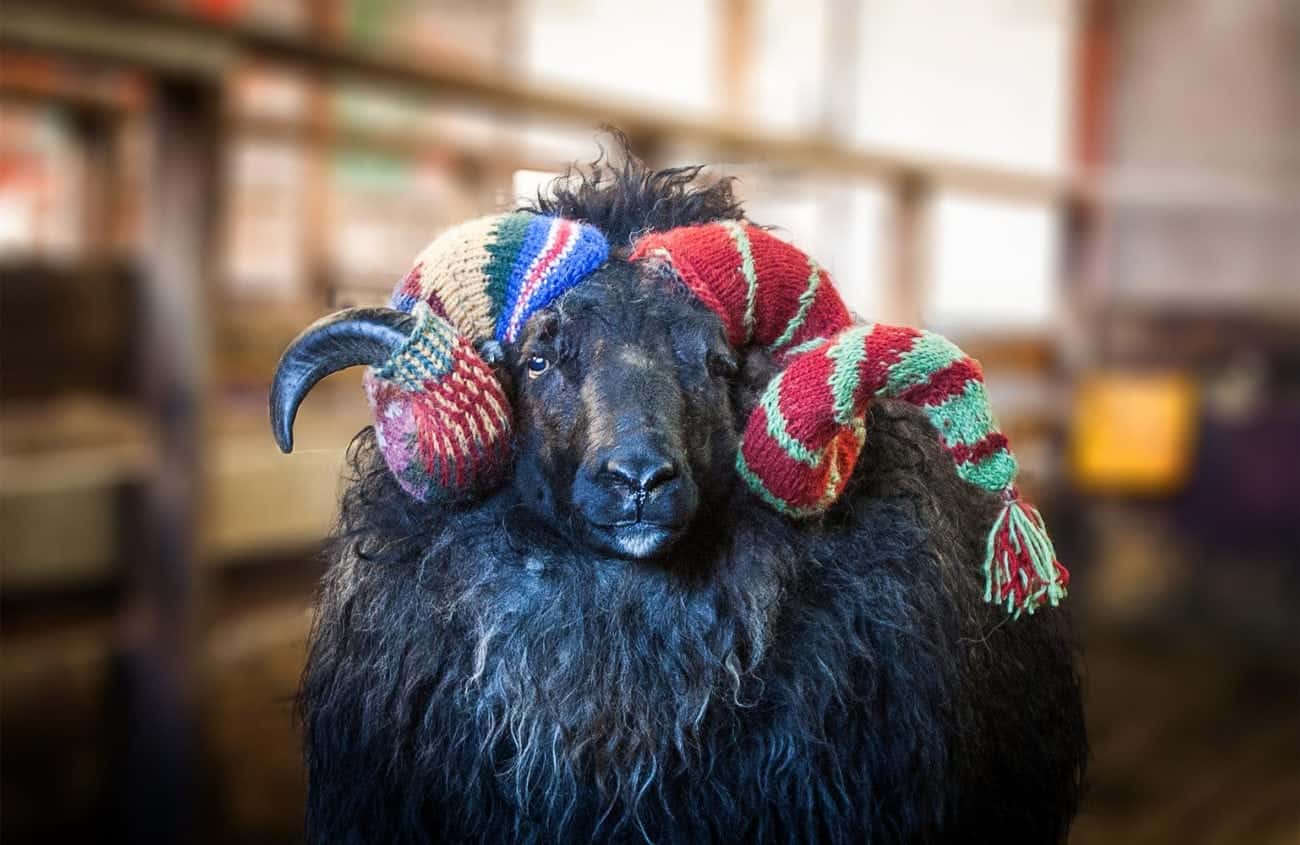
When driving in July, please be careful of the sheep. Icelandic sheep roam free in summer and in July the little lambs have grown into curious teenagers and have a tendency to ignore traffic rules.
Ideal tours to do in July in Iceland
Those who prefer guidance, might want to opt for our guided Across the Wilderness, a small group tour, travelling in a specially outfitted 4X4 mountain coach through the untamed highlands of Iceland, with generous time allowed for nature walks along the way. For experienced hikers, the Laugavegur trekking tour is simply ideal for July travels. Travelers that like flexibility and freedom, will surely find a good fit in our extensive selection of self-drive packages, that range from 4 days up to 19 days.